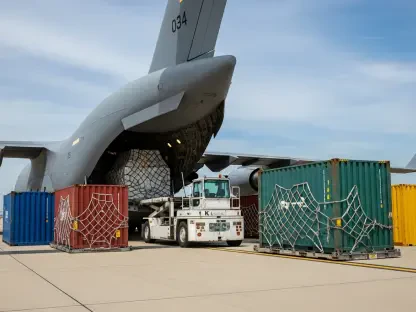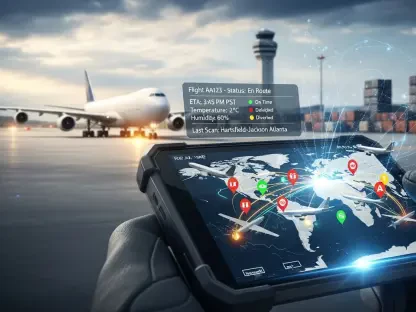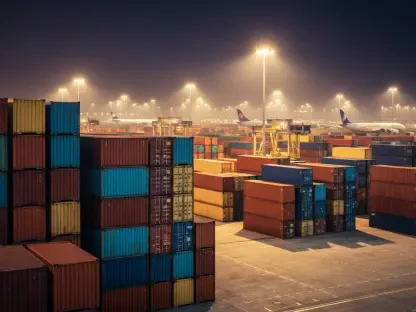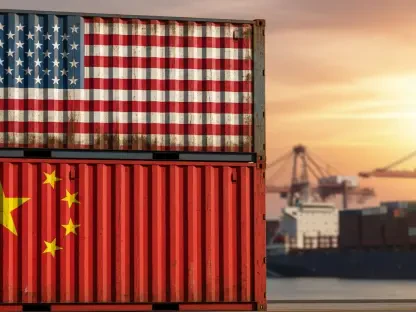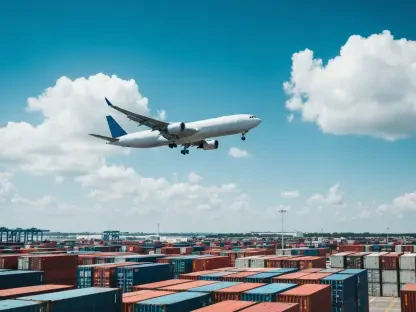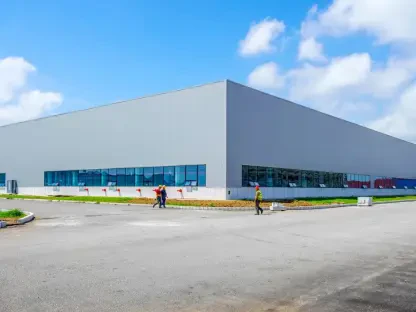In an era where e-commerce has dramatically shifted consumer behavior, the last-mile delivery market has seen significant evolution, especially in the big and bulky segment that includes items such as appliances, electronics, and furniture. This change was hastened by the pandemic, which saw consumers getting more comfortable shopping online, a trend that shows no signs of reversing. As the convenience of online shopping continues to appeal to more buyers, the way these large goods are delivered plays a crucial role in maintaining customer satisfaction and driving further growth in the market.
Importance of the Delivery Experience
The delivery experience has become a significant factor in consumer satisfaction, where timely, seamless, and reliable service is paramount. Consumers expect an Uber-like experience where they can track their deliveries in real-time. This expectation has forced last-mile providers to incorporate more sophisticated technologies to ensure transparent communication, efficient data flow, and actionable customer feedback. With the competitive market spearheaded by giants like Amazon and Walmart, companies must constantly refine their delivery services to enhance consumer experience and loyalty.
Real-Time Tracking and Delivery Expectations
For most consumers, the assurance of a set delivery date and time is crucial. Delays or uncertainty in delivery timelines often result in abandoned purchases. Companies like Seko Logistics and Bringg are stepping up by bolstering their digital platforms to offer detailed and real-time tracking of orders, ensuring customers remain well-informed. Moreover, the ability to adjust delivery schedules based on customer needs further enhances the user experience, making the process as painless as possible.
Market Dominance and Competitive Challenges
Walmart and Amazon are massively influential in this market, with projections showing Walmart’s online business growing by 22% and Amazon’s by 10% in the near future. This dominance makes it challenging for other retailers who need to significantly upgrade their e-commerce and delivery infrastructures to remain competitive. This scenario pushes other players in the market to innovate and improve continually, lest they fall behind the industry leaders who have set high standards in the last-mile delivery service sector.
Enhanced Home Delivery Services
Another emerging trend is the focus on matching showroom experiences with home delivery services. Companies are investing in providing comprehensive services such as product assembly, installation, and customer tutorials to replicate the high standards found in physical stores. Entities like Ryder Last Mile and J.B. Hunt are tapping into this demand by offering additional services such as pre-assembly and even plumbing, ensuring a seamless transition from store to home.
Operational Excellence and Optimized Networks
Managing last-mile delivery services efficiently requires a strategically designed and adequately resourced network that offers consistent service across diverse geographies. This necessitates advanced planning and execution technologies to create optimized delivery routes and schedules capable of real-time modifications. Companies need to balance these operational demands while ensuring that timely delivery and customer satisfaction remain uncompromised.
Addressing Labor Shortages
A significant challenge in the last-mile delivery market is the labor shortage, particularly the need for skilled personnel capable of meeting the demands of both physical labor and exceptional customer service. Recruiting and retaining trustworthy, well-trained delivery staff is essential for brand reputation and customer fulfillment. Companies that successfully navigate these challenges by investing in their workforce are more likely to sustain superior service and maintain their market position.
Future Outlook
In a time when e-commerce has profoundly changed how consumers behave, the last-mile delivery market has evolved significantly, particularly in the segment handling big and bulky items like appliances, electronics, and furniture. The COVID-19 pandemic accelerated this shift, as more consumers grew comfortable with online shopping—a trend that shows no signs of slowing down. The convenience of purchasing goods online continues to attract more buyers, making the delivery method of these large products increasingly important. Ensuring efficient and reliable delivery is crucial for maintaining customer satisfaction and fostering further growth in the market. This evolution reflects how companies are adapting to meet the rising demand for seamless and hassle-free delivery experiences. As a result, those in the big and bulky delivery sector must focus on improving logistics and customer service to stay competitive. The way these large items are delivered can heavily influence buyer decisions and overall market trends, highlighting the importance of optimizing last-mile delivery processes.


